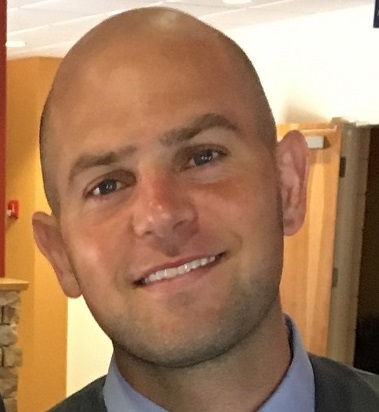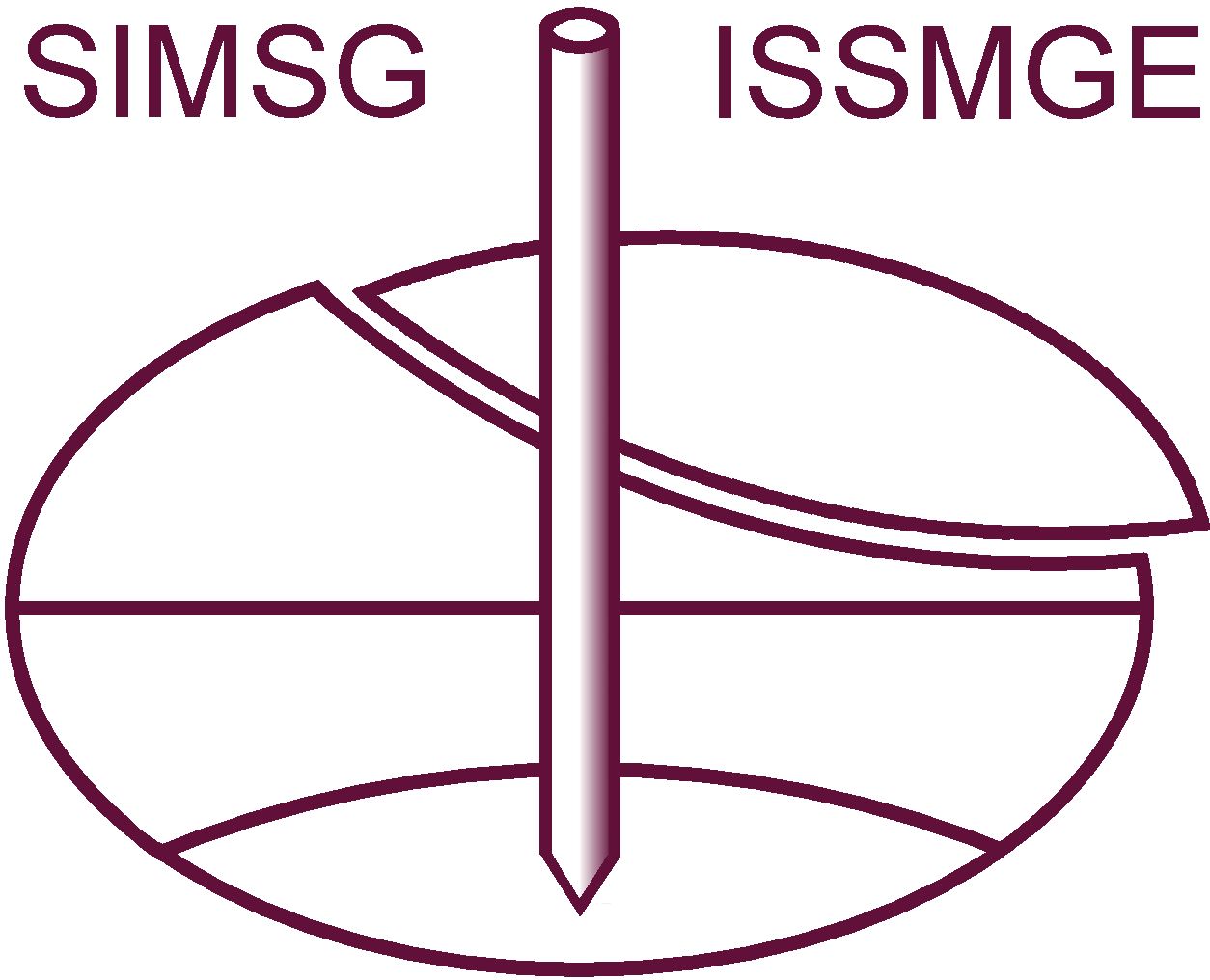KEYNOTE LECTURE
Insight towards the stability of complex geosynthetic reinforced soil structures
Evaluating the internal and external stability of geosynthetic-reinforced soil structures (GRSS) requires balancing a variety of design variables. For GRSS that diverge from simple conditions (e.g. supporting loads, built on sloping ground, subject to seismicity), stability evaluations can become exceedingly complex. Advancements in evaluating the internal and external stability of these structures under complex conditions are explored. Insight towards improved consideration of complex design conditions are described for a variety of complex, but common scenarios.
BIO
Dr. Ben Leshchinsky, is an Associate Professor and Richardson Chair in Department of Forest Engineering, Resources and Management with a Joint Appointment in School of Civil and Construction Engineering. He earned his M.S. and Ph.D. degrees in Civil Engineering and Engineering Mechanics from Columbia University in the City of New York in 2008 and 2012, respectively. Prior to joining Oregon State University (OSU), he was a Post-Doctoral Scholar at Columbia University. His primary area of research is geotechnical engineering with particular foci on slope stability, landslides, earthquake engineering, remote sensing, and geotechnical design of retaining structures and shallow foundations. Dr. Leshchinsky has served as Principal Investigator and Co-Principal Investigator on a number of research projects at the OSU, with research budgets total over $10 million USD. Funding sources include the Oregon Department of Transportation (ODOT), Pacific Northwest Transportation Consortium, the US Forest Service, National Science Foundation, USDA AFRI, as well as various private industry partners (PG&E, Alyeska Corporation, Weyerhaeuser, Presto Geosystems). Dr. Leshchinsky has published more than 110 technical publications, conference papers, and reports in the field of geotechnical engineering and earth sciences. His research contributions have been acknowledged through receiving the 2020 American Society of Civil Engineer’s Casagrande Award and the 2018 International Geosynthetics Society Young Researcher award, as well as several best paper awards in peer-reviewed journals. His research has also resulted in products that have been adopted into AASHTO code in 2017 and 2020. Lastly, he serves as an advisor to the USGS in developing a new national landslide susceptibility map






